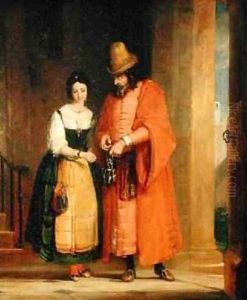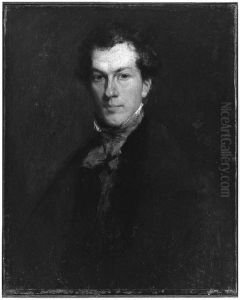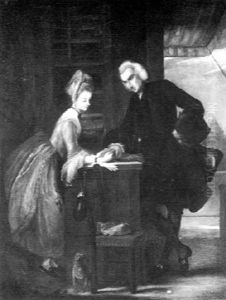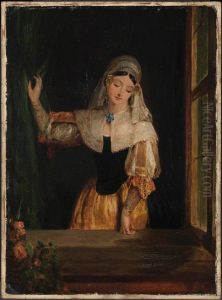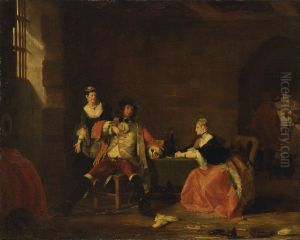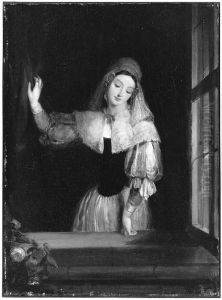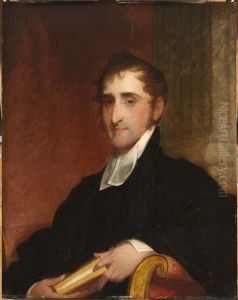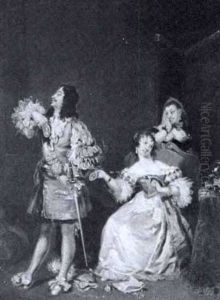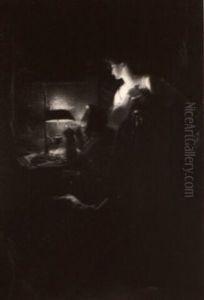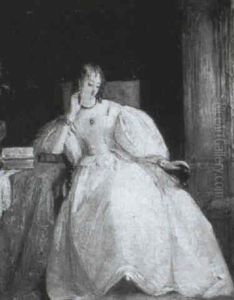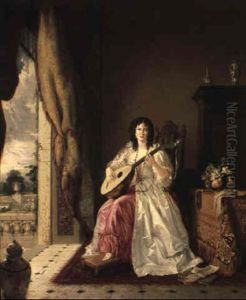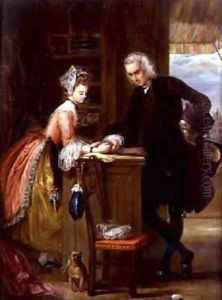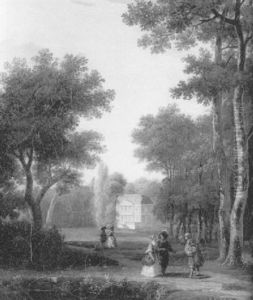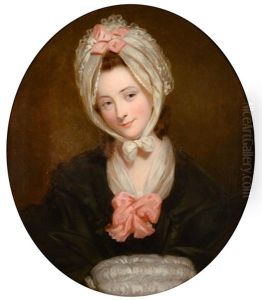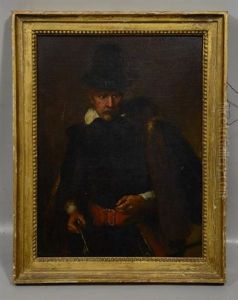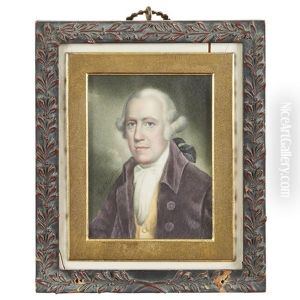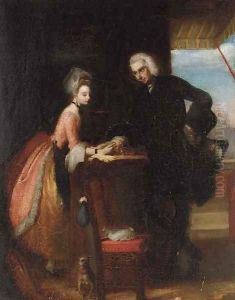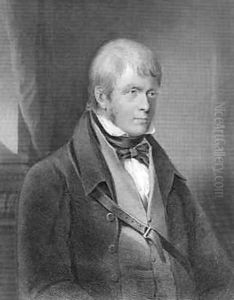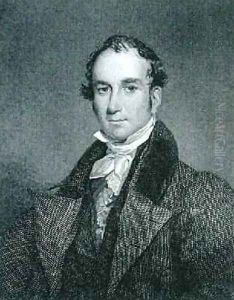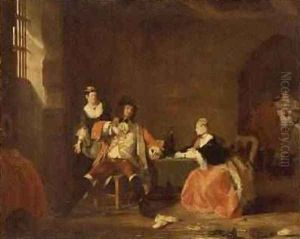Gilbert Stuart Newton Paintings
Gilbert Stuart Newton was a 19th-century British painter known for his portrait work and subject pictures. He was born on September 20, 1794, in Halifax, Nova Scotia, which at the time was a British colony. Although Canadian by birth, Newton spent most of his career in the United Kingdom, which is why he is often associated with British art. He was the nephew of the famous American portraitist Gilbert Stuart, who is best known for his portraits of George Washington.
Newton showed an early interest in art and was particularly influenced by his uncle's work. In pursuit of formal art training, he moved to Boston to study under his uncle for a brief period. He later traveled to Europe, which was a typical course for artists seeking classical training at the time. In 1817, he moved to London, where he would spend most of his professional life. There, he enrolled in the Royal Academy Schools for further education and soon began to exhibit his work.
His paintings often depicted literary and historical scenes, and he was recognized for his ability to capture the emotions and expressions of his subjects. Newton's works were characterized by their fine detail, rich color, and dramatic lighting. He gained considerable fame in the 1820s, with his paintings being frequently exhibited at the Royal Academy. His portraits were well sought after, and he painted several notable figures of his time, including the actress Harriet Smithson, who was famously associated with the composer Hector Berlioz.
Despite his success, Newton's life was marred by personal difficulties, including mental health issues. In the early 1830s, his health began to deteriorate, and he was eventually declared insane. He was admitted to an asylum in Chelsea, where he spent the last years of his life.
Gilbert Stuart Newton passed away on August 5, 1835, in London. Although his career was relatively short, his contribution to the art of portraiture and subject painting left a mark on the British art scene of the early 19th century. His works are now part of several important collections, including those of the National Portrait Gallery in London and the Royal Academy of Arts.
